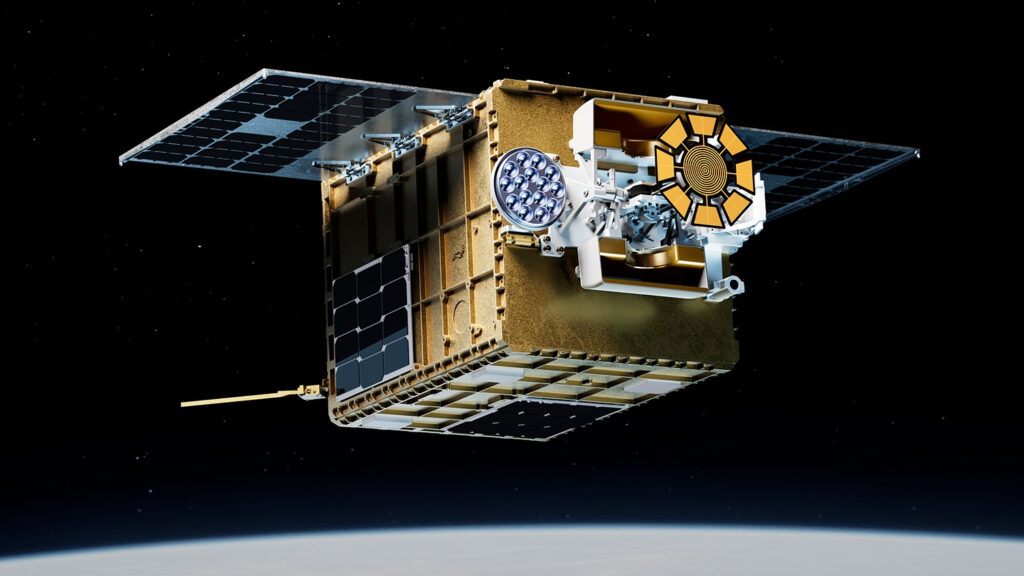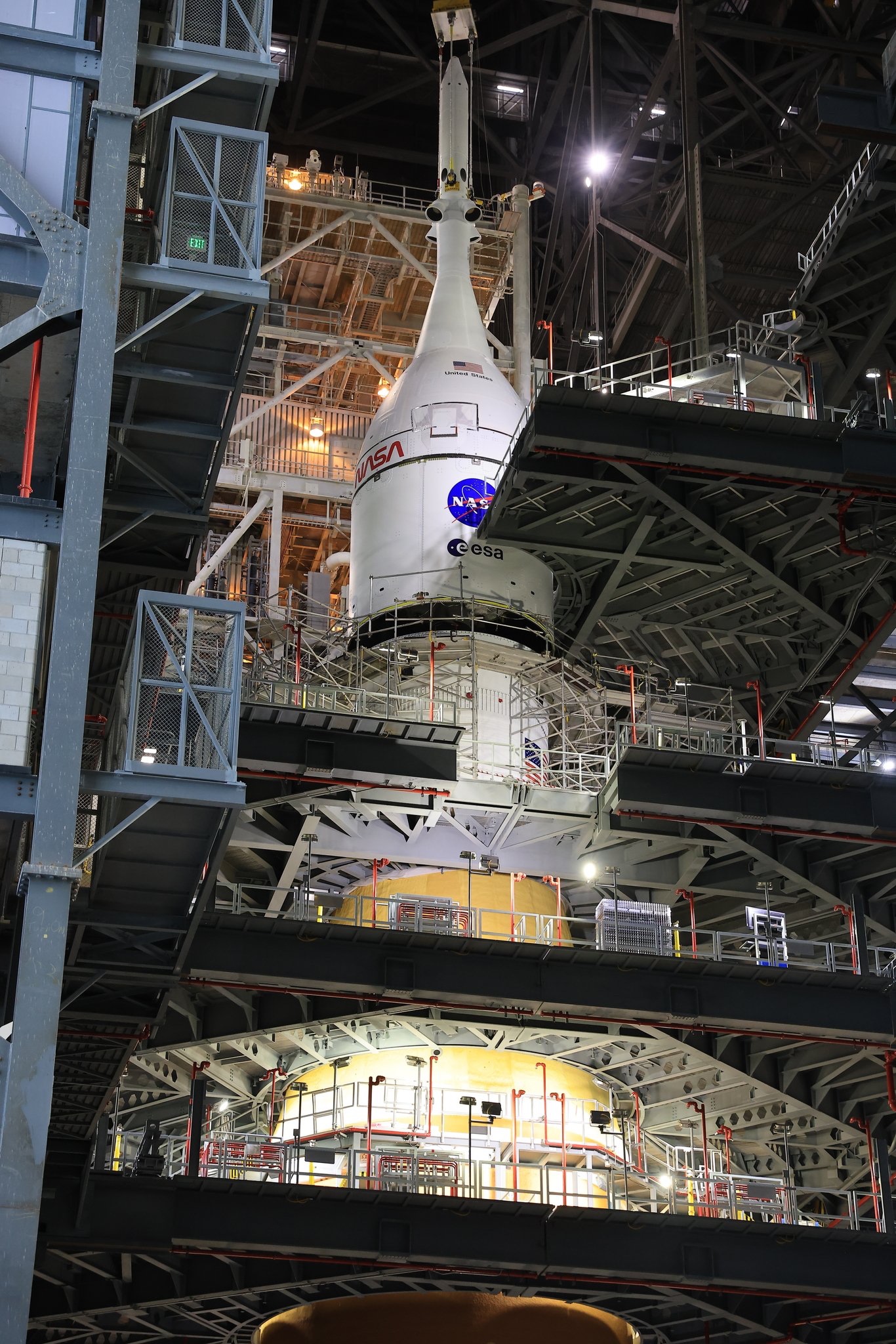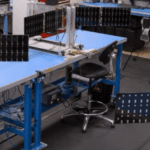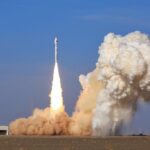Now Reading: ‘You’re free!’ Tiny Japanese satellites escape doomed space station years ahead of its fiery death | Space photo of the day for Oct. 21, 2025
-
01
‘You’re free!’ Tiny Japanese satellites escape doomed space station years ahead of its fiery death | Space photo of the day for Oct. 21, 2025
‘You’re free!’ Tiny Japanese satellites escape doomed space station years ahead of its fiery death | Space photo of the day for Oct. 21, 2025
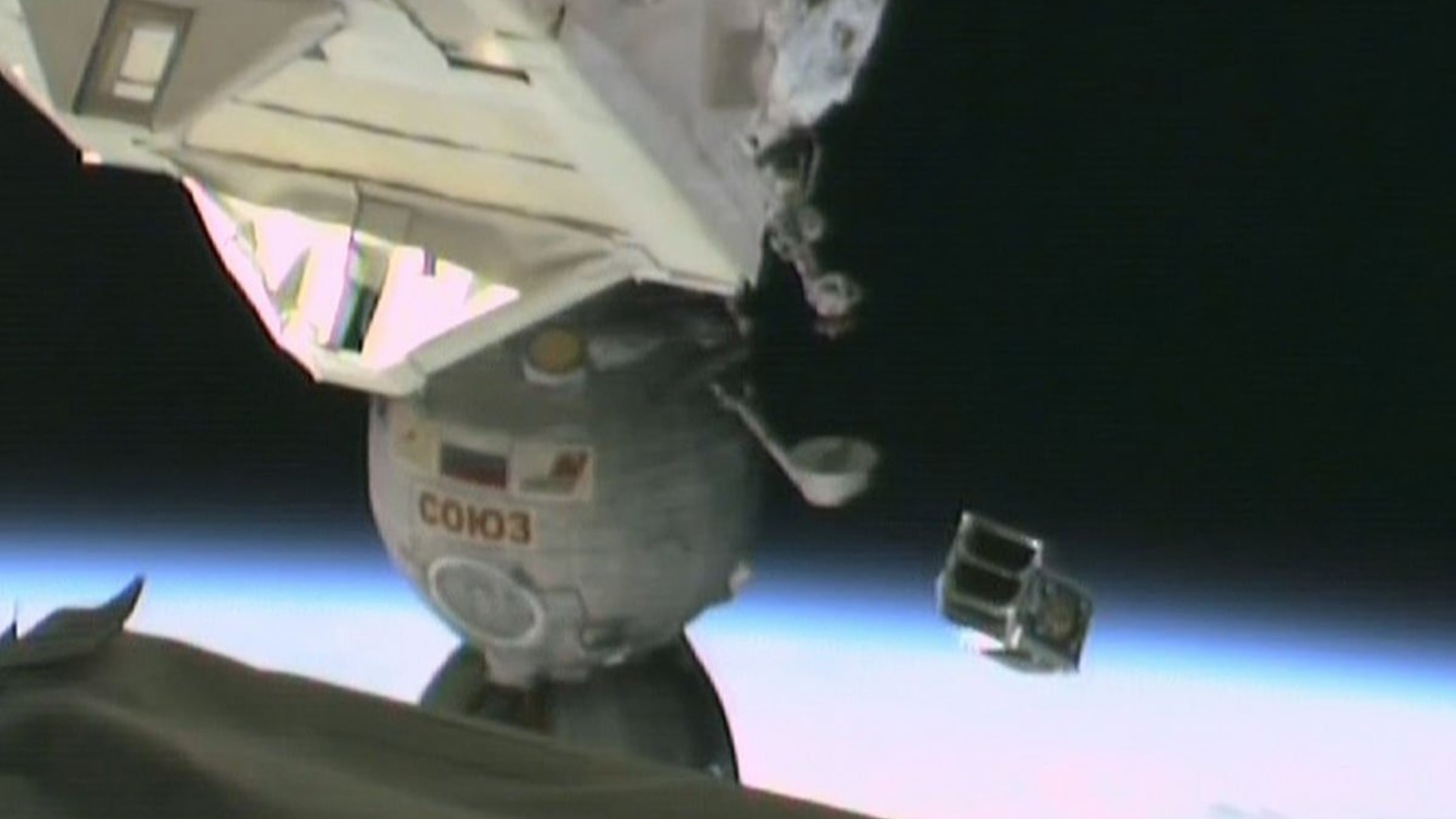
In its efforts to broaden global access to space, the Japanese Aerospace Exploration Agency (JAXA) recently launched three cubesats from the Kibo module of the International Space Station (ISS). YOTSUBA-KULOVER, e-kagaku-1 and BOTAN, according to JAXA’s press release.
What is it?
Cubesats, compact spacecraft usually no bigger than a shoebox, have helped transform the landscape of space research in the past 20 years. Originally invented in 1999 by professors from Stanford University and California Polytechnic State University, the cubesat format was designed to lower the barriers to space for universities, small organizations and companies.
By following a shared design standard and using off-the-shelf components, teams can build and launch fully functional satellites in months rather than years, and at a fraction of the cost of traditional spacecraft.
Where is it?
This image was taken at the ISS’s Kibo module in low-Earth orbit around 248 miles (400 kilometers) above our planet.
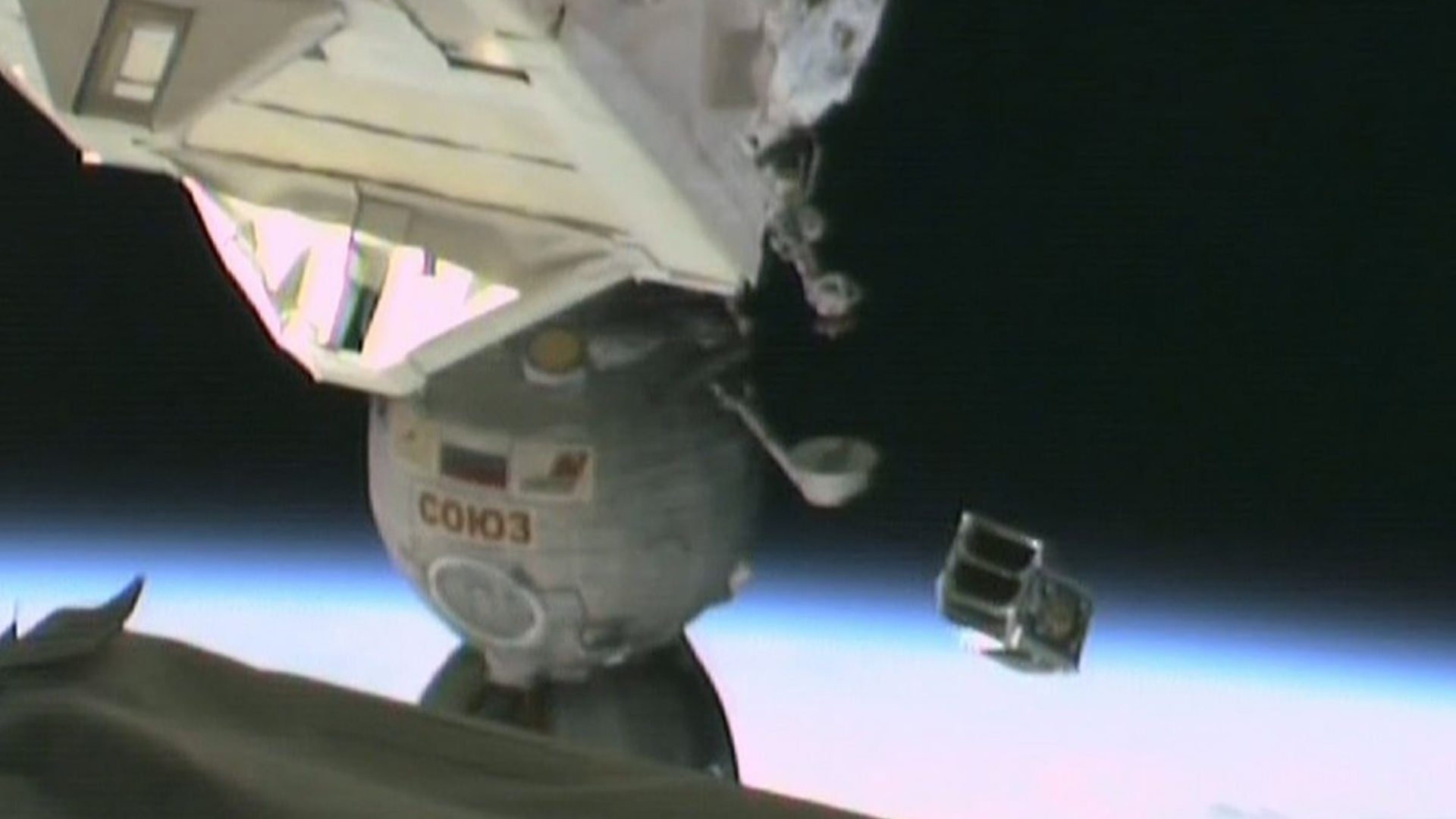
Why is it amazing?
While cubesats are used in a variety of space research, the three recently deployed by JAXA are focused specifically on auroral activity and the understanding of space weather. The YOTSUBA-KULOVER cubesat was developed by the Kyushu Institute of Technology, while the e-kagaku-1 was built by students in the e-kagaku Association and BOTAN was constructed by the Chiba Institute of Technology.
All three will look at specific factors around space weather and auroras, including volcanic pumice and solar activity.
Want to learn more?
You can learn more about cubesats and the International Space Station.
Stay Informed With the Latest & Most Important News
Previous Post
Next Post
-
 012024 in Review: Highlights from NASA in Silicon Valley
012024 in Review: Highlights from NASA in Silicon Valley -
 02Panasonic Leica Summilux DG 15mm f/1.7 ASPH review
02Panasonic Leica Summilux DG 15mm f/1.7 ASPH review -
 03From Polymerization-Enabled Folding and Assembly to Chemical Evolution: Key Processes for Emergence of Functional Polymers in the Origin of Life
03From Polymerization-Enabled Folding and Assembly to Chemical Evolution: Key Processes for Emergence of Functional Polymers in the Origin of Life -
 04How New NASA, India Earth Satellite NISAR Will See Earth
04How New NASA, India Earth Satellite NISAR Will See Earth -
 05And Thus Begins A New Year For Life On Earth
05And Thus Begins A New Year For Life On Earth -
 06Astronomy Activation Ambassadors: A New Era
06Astronomy Activation Ambassadors: A New Era -
07SpaceX launch surge helps set new global launch record in 2024














